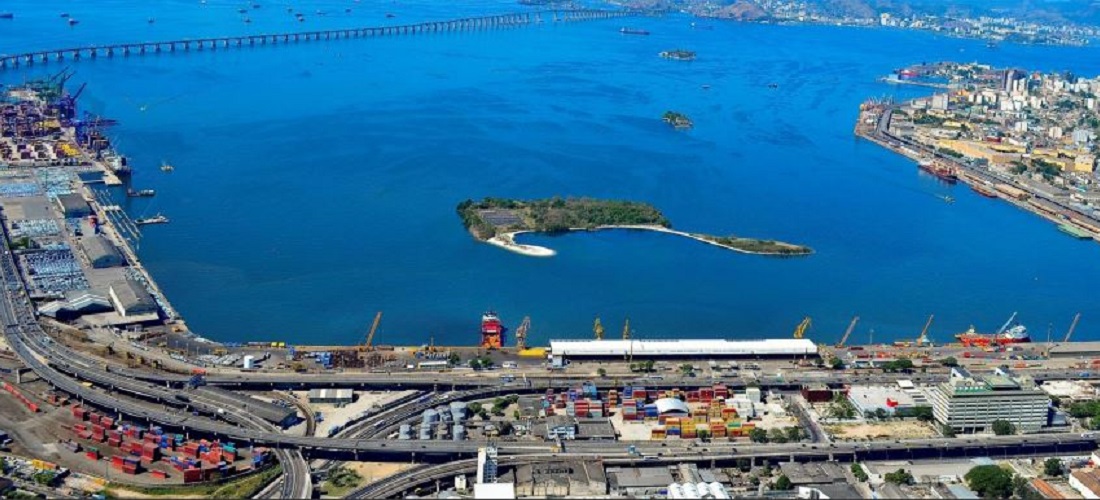
Port of Rio de Janeiro will have modern nautical signaling in access channel
Sep, 24, 2019 Posted by Sylvia SchandertWeek 201940
The final version of the nautical signaling project for the Cotunduba Canal, the main waterway access to the Port of Rio de Janeiro for large vessels, was approved. The new beacon should promote safer and more efficient navigation of vessels, especially at night, thus enabling overnight cargo operations.
The last details were discussed at the headquarters of the Dock Company of Rio de Janeiro (DCRJ) on the 19th, during a meeting of the Working Group formed by representatives of the DCRJ, the Brazilian Navy, the Practicagem, and the Container Terminals. The project, prepared by the technical advisory firm Precursore, considered the current rules of the Brazilian Navy, responsible for the safety of water traffic in Guanabara Bay. The next step will be precisely the appraisal and approval of the project by the Maritime Authority, since, due to the changes proposed in the marking, it will be necessary to update the nautical charts.
According to the Port of Rio de Janeiro’s VTMIS (Vessel Traffic Management and Information System) Manager, Marcelo Villas-Bôas, “the expectation is that the process will be fast and that the new beacon will be established in about three months.” Villas-Bôas further explains that “for a maximum operational draft of 15.85 meters, it will be possible to safely navigate the Cotunduba Channel with larger vessels up to 349 meters LOA and a 48.5 meter beam, which will generate more dynamism and profitability for container terminal operations.”
The project foresees the inclusion of AIS AtoN transceivers in the two existing buoys and the merging of three semi-submersible articulated buoys with the same device. AIS equipment will provide accurate information to vessels about the positioning of buoys. The new geometric layout of the canal and the environmental conditions of the site were also analyzed. In addition to widening the canal and making it more precise to reduce the risk of accidents, there will be a gain in technological innovation and reduced maintenance costs.
-
Other Cargo
Jun, 09, 2021
0
CSN is about to close the purchase of Elizabeth, Farallon’s cement company
-
Ports and Terminals
Jan, 11, 2023
0
Port of Santos ends 2022 with historic cargo throughput high
-
Jan, 03, 2023
0
Sao Paulo governor wants Port of Santos privatization, though he is “open to alternatives”
-
Other Cargo
Oct, 06, 2023
0
Exports of Espírito Santo ginger exceed 10 thousand tonnes in 2023

